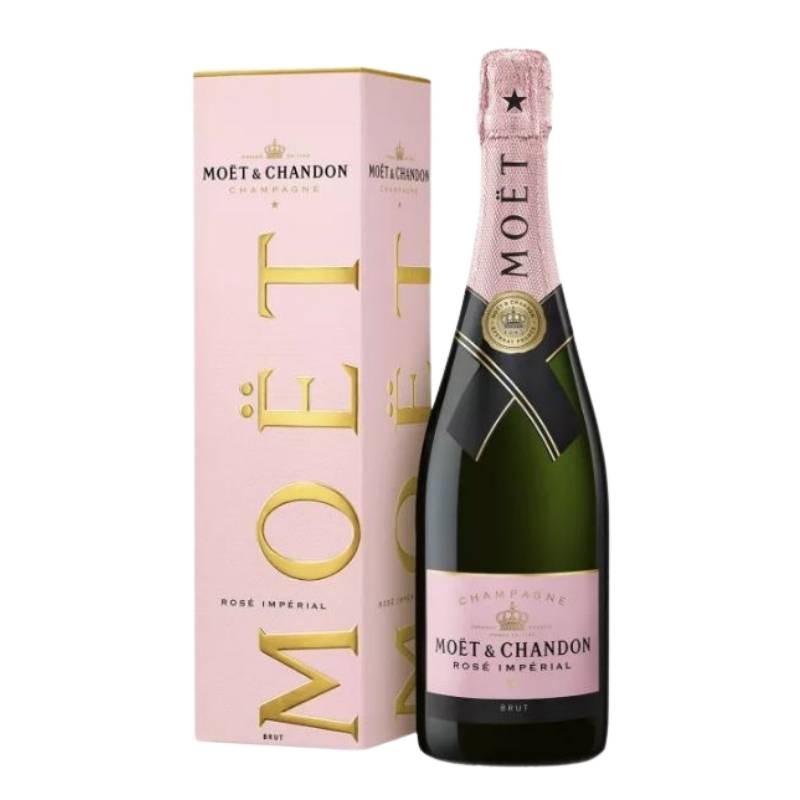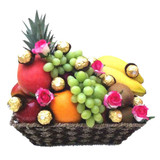Champagne vs Sparkling Wine
Do you know the difference?
champagne gifts delivery
We all love a refreshing glass of bubbles every so often, but some occasions call for something a bit more celebratory—something more ‘bubbly.’ The question is, should you choose champagne or an Australian sparkling wine, and is there really any difference? There seems to be an ongoing debate about this.
To clarify, all champagne is sparkling wine, but not all sparkling wine is champagne. Do you know why?
The easy and short answer is that sparkling wine can only be called champagne if it comes from the Champagne region in northern France, just outside of Paris. There are several types of sparkling wine; the most common are champagne, prosecco from Italy, cava from Spain and sparkling wine from Australia.
Our gourmet food and wine hampers offer a wide selection of local sparkling wines and artisan gourmet produce, the perfect gift for any special occasion to pop the cork!
Let’s dig a little deeper and find out what is the difference between champagne and sparkling wine.
Champagne
A typical champagne is made using only the traditional method with a blend of three grapes; chardonnay, pinot noir and pinot meunier. Champagne has a nutty and toasty taste.
In the champagne method, the tirage—a mixture of sugar and yeast—is added to the base wine while it's in the bottle, rather than while it's in a large tank. When the tirage is added to the bottle, the wine undergoes the secondary fermentation process. This produces both carbon dioxide which gives champagne its signature bubbles, and dead yeast which gives champagne its signature taste.
Sparkling wine
Sparkling wine is a generic term for bubbly wine and can be produced anywhere in the world. There are several methods for making sparkling wine, including the carbonation method, the tank method (or the Charmat method) as well as the traditional method.
Yes, sparkling wine can be made in the traditional method, which is also known as the champagne method, but these wines cannot officially be deemed champagne because they are not produced in the Champagne region of France. Most use chardonnay and pinot noir grapes as well but there is no strict rule. The taste of a sparkling wine varies hugely and is based on how it has been produced.
In the tank method, you add the tirage to a still (also called ‘base’) wine in a large tank. The tirage causes the wine to undergo a secondary fermentation, which releases carbon dioxide and causes the tank to pressurise. The sparkling wine is then bottled without aging.
The science behind the bubbles
There are about one million bubbles in your champagne flute. Pretty impressive and mysterious but why are there bubbles at all?
This is no secret to science. When you pop a champagne cork, yeasts ferment sugars and form carbon dioxide gas. But only recently has a solution to spirit's mysterious gas 'trains'—the tiny beads of rising air that gives champagne its sparkle—bubbled to the surface.
Scientists at the University of Reims, France have discovered that bubbles are actually born inside the flute. They form on tiny imperfections and impurities on the inside of a glass—from dust or a towel used for drying. Carbon dioxide molecules then collect together to form a bubble.
Origin
The French monk Dom Perignon is thought to have invented champagne as early as 1697. Some argue, that English winemakers had long been adding sparkles to their tipples even 30 years earlier than the French.
In France, the first sparkling champagne was created accidentally; the pressure in the bottle led it to be called ‘the devil's wine’ (le vin du diable), as bottles exploded or corks popped. At that time, bubbles were considered a fault.
In 1844 a Frenchman invented the muselet to prevent the corks from blowing out. This was the beginning of an exponential growth in champagne production, going from a regional production of 300,000 bottles a year in 1800 to 20 million bottles in 1850.
Nowadays, there are about 330 million bottles produced each year for an ever-increasing demand worldwide. Producers from every region of the world have seized this moment given the popularity of bubbly and the rising cost of champagne. In Spain, cava is made in many different styles, but the best examples have small bubbles and balance freshness with creaminess. The wines that sparkle in Italy—or more specifically the Veneto region of Italy—are called prosecco and have larger bubbles (better for cocktails) and a focus on the fruit. In Austria and Germany, they call sparkling wines sekt (pronounced zekt). You can find sparkling wine made in Argentina, Australia and the United States.
Champagne vs sparkling wine
Whether you prefer a fruity sparkling wine or a nutty champagne, our selection of gourmet food and wine hampers feature premium drops from Australia, New Zealand and France.
Each bottle is paired perfectly with our exclusive range of gourmet artisan produce. Champagne enthusiasts will be delighted to see renowned names such as Moët & Chandon and Veuve Clicquot in our collection. To make each hamper decadent, we source from only the best winemakers.
All our beautifully selected and presented hamper boxes include FREE Australia-wide delivery.
Recent Posts
-
Fruit Flowers | Edible Gifts with Flowers
The Fruit Flowers gifts makes it very easy to let someone special know just how much you care. Send …Jul 09, 2025 -
HAMPERS AUSTRALIA DELIVERED FAST - ORDER ONLINE
LUXURY GIFT HAMPERS FOR HER, HIM AND THEM Luxury Gift Baskets & Gift Hampers Australia Give …Jul 09, 2025 -
Gift Delivery Sydney | Great Gift Ideas For All Occasions
IGift® Hampers & Gifts: Australia’s Best Hamper & Gift Delivery Sydney Servic …Jul 09, 2025


